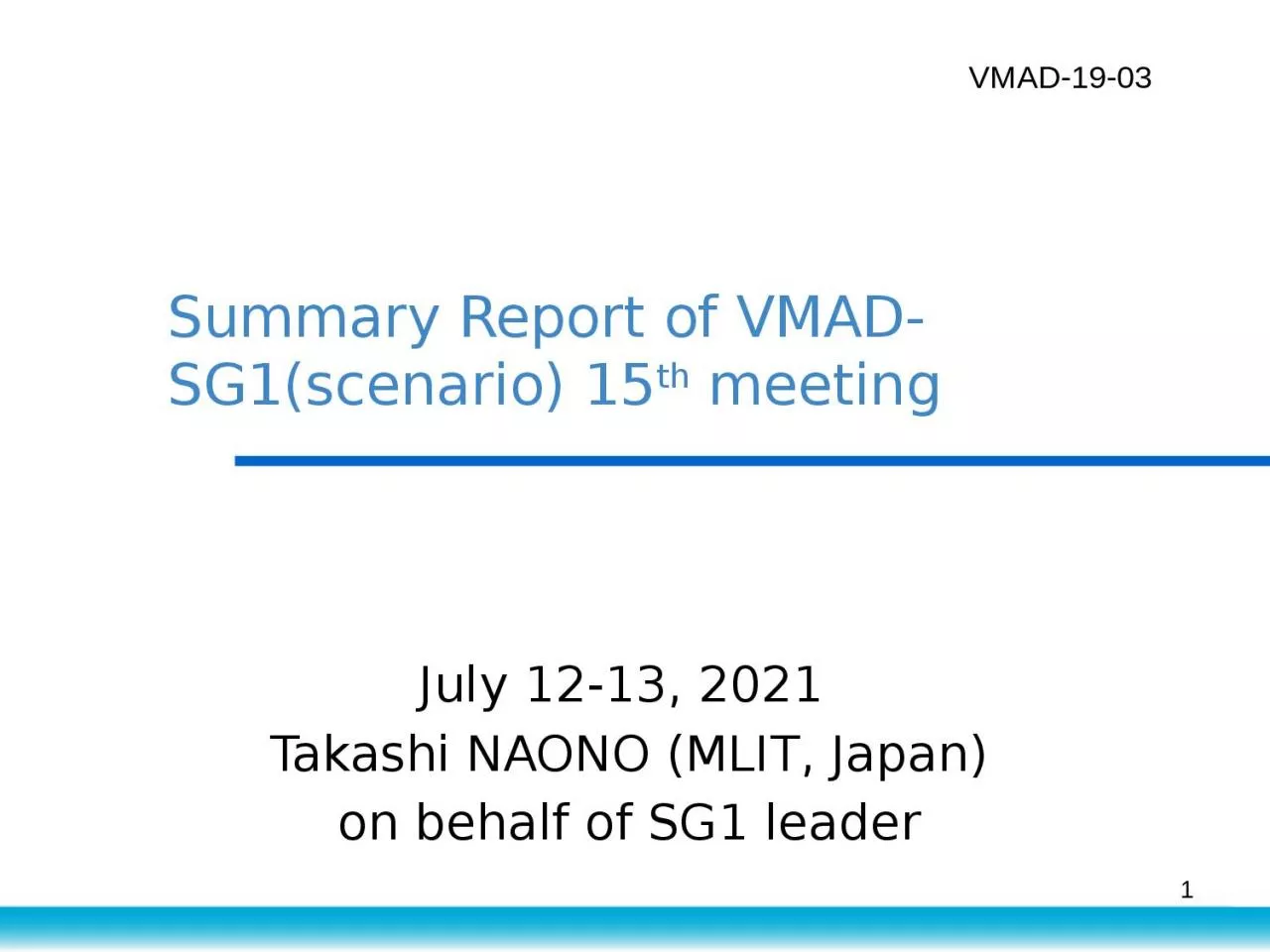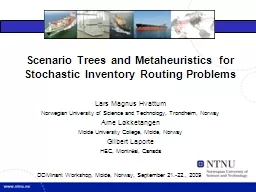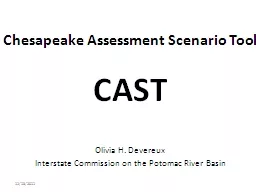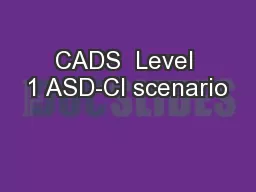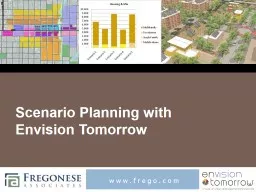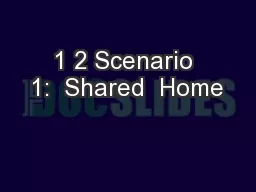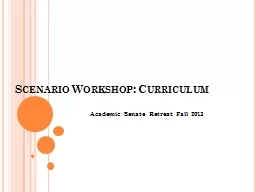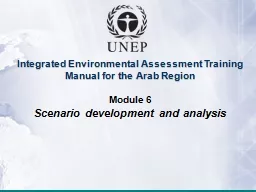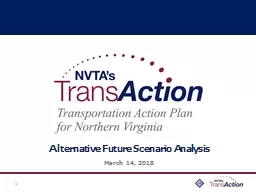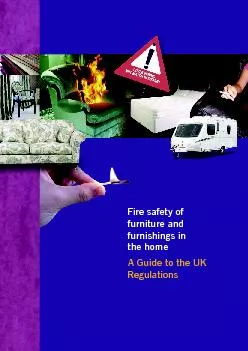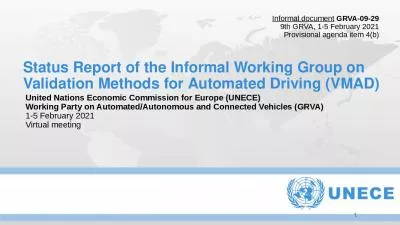PPT-Summary Report of VMAD-SG1(scenario) 15
Author : luna | Published Date : 2023-11-04
th meeting July 1213 2021 Takashi NAONO MLIT Japan on behalf of SG1 leader 1 VMAD1903 Summary Report 12 2 1 Date Time and Participants Date 29 June 2021 Time 20302220
Presentation Embed Code
Download Presentation
Download Presentation The PPT/PDF document "Summary Report of VMAD-SG1(scenario) 15" is the property of its rightful owner. Permission is granted to download and print the materials on this website for personal, non-commercial use only, and to display it on your personal computer provided you do not modify the materials and that you retain all copyright notices contained in the materials. By downloading content from our website, you accept the terms of this agreement.
Summary Report of VMAD-SG1(scenario) 15: Transcript
Download Rules Of Document
"Summary Report of VMAD-SG1(scenario) 15"The content belongs to its owner. You may download and print it for personal use, without modification, and keep all copyright notices. By downloading, you agree to these terms.
Related Documents

